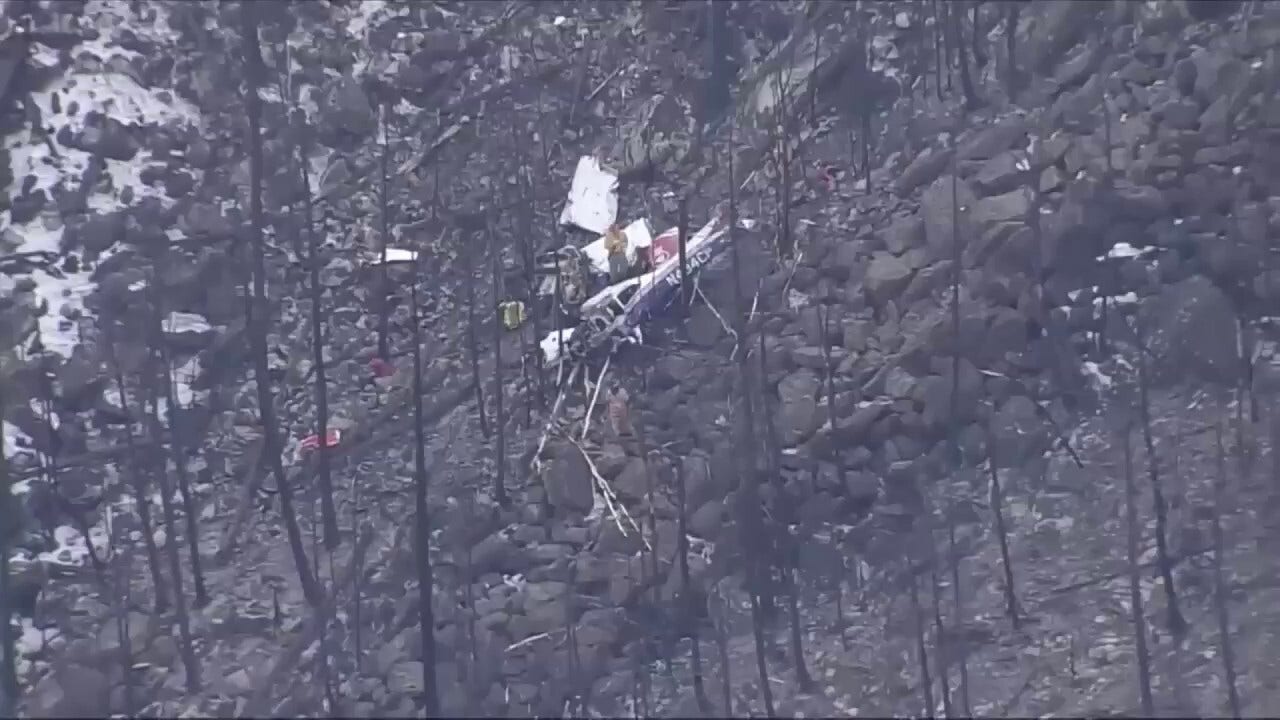On Sunday, California’s rainy season officially comes to an end.
As a feature of its Mediterranean-type climate, California receives the vast majority of its annual precipitation between Nov. 1 and March 31. So by the time we’re entering April, we typically know how much water we’ll have to carry us through the rest of the year.
So how did this wet season stack up?
As of Tuesday, California had received slightly more rain than usual this winter — 104 percent of the average, according to state data. The state’s snowpack, which accumulates in the Sierra Nevada and typically provides 30 percent of the state’s water supply for the year, is at 101 percent of normal for this time of year.
The state’s reservoirs are at an even higher 116 percent of their normal levels, in part because they are still benefiting from the back-to-back “atmospheric rivers” that slammed California last winter.
“We’ve got a year, a second year in fact, when most of California was much wetter than average,” the U.C.L.A. climate scientist Daniel Swain said in a recent online briefing. He said the current snowpack levels, while hovering around average, were remarkable, given that we’re “in an era where ‘average’ is not too accurate a descriptor of what happens most of the time.”
This winter wasn’t as wet as the last one, when the snowpack reached a historic high. And it has been warmer than last year and will probably continue to be, Swain said, so the snowpack will most likely melt more quickly than it did in 2023. But two consecutive wet years are still good news for abating any lingering drought conditions in California and for diminishing fire season.
Whether this winter was weirdly wet for you depends on where you live.
Los Angeles, which endured one of its wettest storm systems on record in February, had received 140 percent of its annual average rainfall as of Tuesday. Sacramento, by contrast, has gotten around 95 percent of its average.
Those figures could change before the wet season is officially up. It’s been raining in some northern parts of the state this week, snow began to fall in the Sierra yesterday and a big storm is headed to California in the coming days.
Rainy weather is expected to reach the Bay Area by tomorrow and then move down the coast over the weekend. In the Los Angeles region, the storm could drop as much as six inches of rain in the mountains and three inches in the lower, more populated areas, said Mike Wofford, a meteorologist with the Los Angeles-Oxnard forecasting office of the National Weather Service. He said a heavy storm this time of year was a feature of being in an El Niño climate pattern.
“It’s common to get some rain in March, and even in April,” Wofford told me. “But normally we wouldn’t get the rain amounts that we’re getting this late in the season.”
If you read one story, make it this
After a legal challenge, Berkeley will repeal its first-in-the-nation ban on natural gas hookups in new homes, throwing into question dozens of similar restrictions in cities nationwide.
Tell us
We’ve been compiling our California soundtrack for years and have captured most of the hits. What songs do you think still need to be added?
Tell us at CAtoday@nytimes.com. Please include your name, the city where you live and a few sentences on why you think your song deserves to be included.
And before you go, some good news
The greenhouse at California Carnivores is bursting with carnivorous plants — rows of Venus flytraps, sundews, pitcher plants and butterworts in brilliant, speckled shades of orange, red and green.
Nestled in Sebastopol in Sonoma County, California Carnivores is the largest carnivorous plant nursery and sells the widest variety of the plants in the United States. The nursery was founded in 1989 by Peter D’Amato, a carnivorous plant expert who has been growing them for almost 50 years and has written extensively on the topic.
In a recent essay for Orion Magazine, the writer Tove Danovich recounts a recent visit to the nursery and the sensuous and dangerous delights of growing and beholding the unusual plants.
“I can’t help but admire the way these carnivorous plants summon their prey rather than chase it down. They are content to wait, knowing that what they need will be drawn to them eventually,” Danovich wrote. “Sometimes metaphors are just the facts of life.”
Thanks for reading. I’ll be back tomorrow. — Soumya
P.S. Here’s today’s Mini Crossword.
Maia Coleman and Briana Scalia contributed to California Today. You can reach the team at CAtoday@nytimes.com.
Sign up here to get this newsletter in your inbox.






